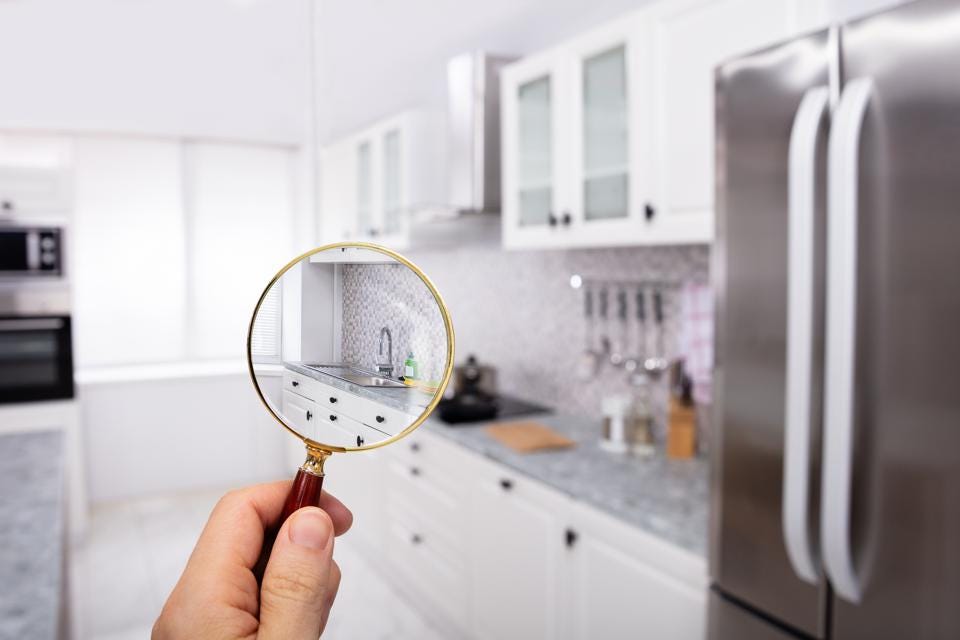Published by Forbes.com | May 13, 2022
Major red flags that come up during the inspection could make you reconsider buying, or even nullify the contract (depending on your contingencies)—that’s why inspections can be stressful for both the buyer and the seller.
So, you found the perfect home (nice!) and you put in an offer (very nice!) and your offer was accepted (SUPER nice!)… now it’s time to have your new purchase inspected. Buyers pay for inspections in order to do their due diligence and ensure that the home is in good shape before completing the purchase. Major red flags that come up during the inspection could make you reconsider buying, or even nullify the contract (depending on your contingencies)—that’s why inspections can be stressful for both the buyer and the seller.
The best-case scenario is that your home turns out to be well-built, in good condition, and completely up to code; The worst-case scenario is that you uncover structural damage, major plumbing or electrical issues, lead paint, mold, or asbestos. Luckily, most issues tend to be more minor in nature. Still, you wouldn’t buy a used car without taking a good look under the hood, so it’s very important to find a reputable, trustworthy pro who will give the house a full once-over. If you’re not sure exactly what he or she should be looking for during a home inspection, here’s a basic idea of what the inspection will go over:
1. Examine the interior features.
Your inspector should ensure that window seals are in-tact, paint isn’t flaking, floors aren’t sagging, ceilings aren’t leaking, and baseboards are firmly attached to walls.
2. Look for potential dangers.
Your inspector should ensure there is no lead paint or asbestos present, as well as checking smoke and radon detectors and other safety features. He or she should also make sure there are no structural issues with the home or foundation, such as significant cracks or water leaks; This includes testing the stability of railings, decks, and stairways.
3. Examine all wiring and electricity.
Your inspector should check all wiring, lighting, outlets, and appliances. Everything from the sink disposal to the attic light should be tested.
4. Check the plumbing.
Your inspector should check for cracks in the sewer line, make sure the water heater and pressure are up to par, and that all sinks, toilets, bathtubs, and showers are functioning.
5. Go over all external features.
Your inspector should take a look at the roof, chimney, garage, gutters, and grounds. Missing shingles, improperly-draining gutters, and any other issues should be reported.


